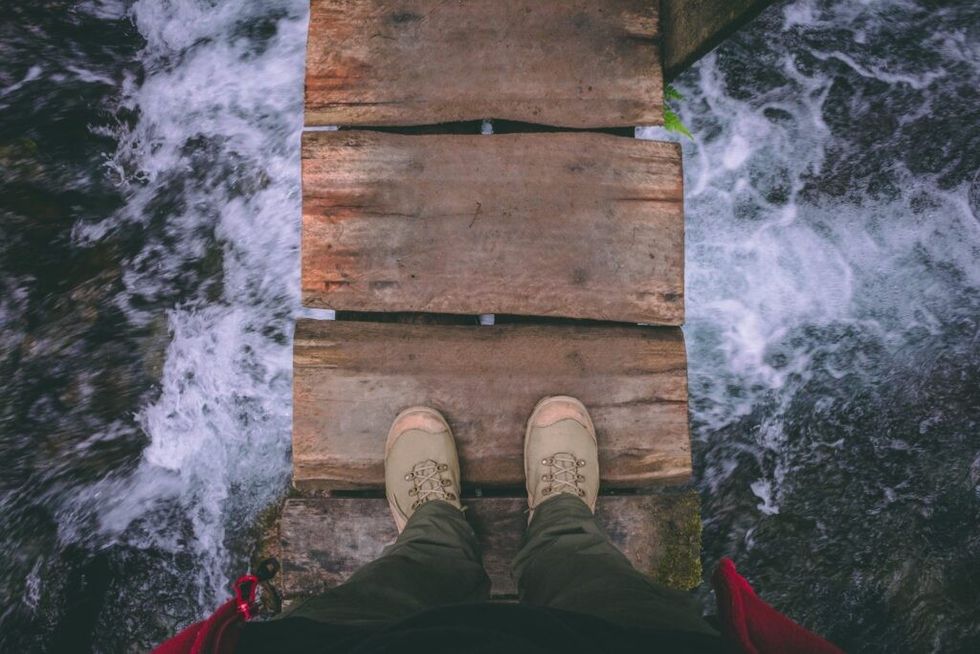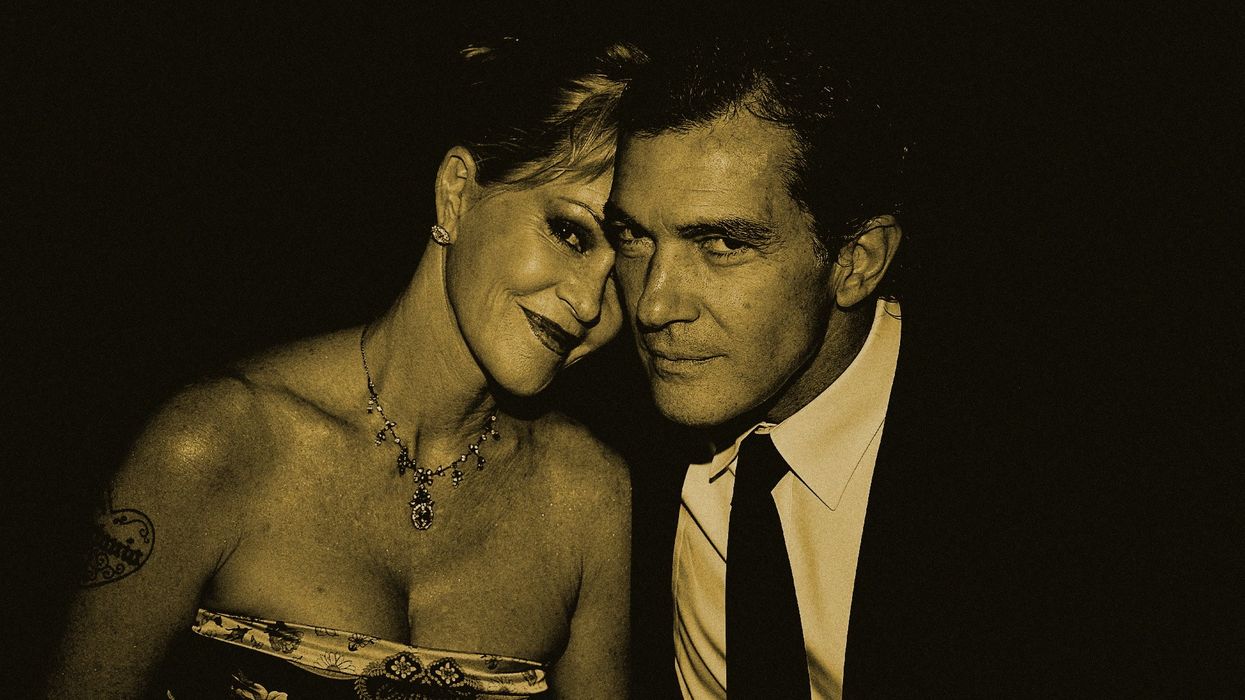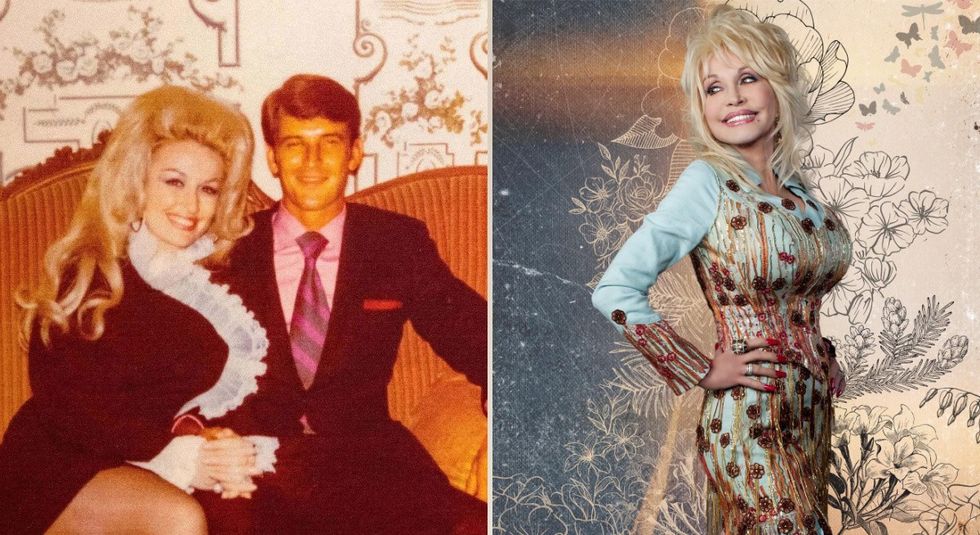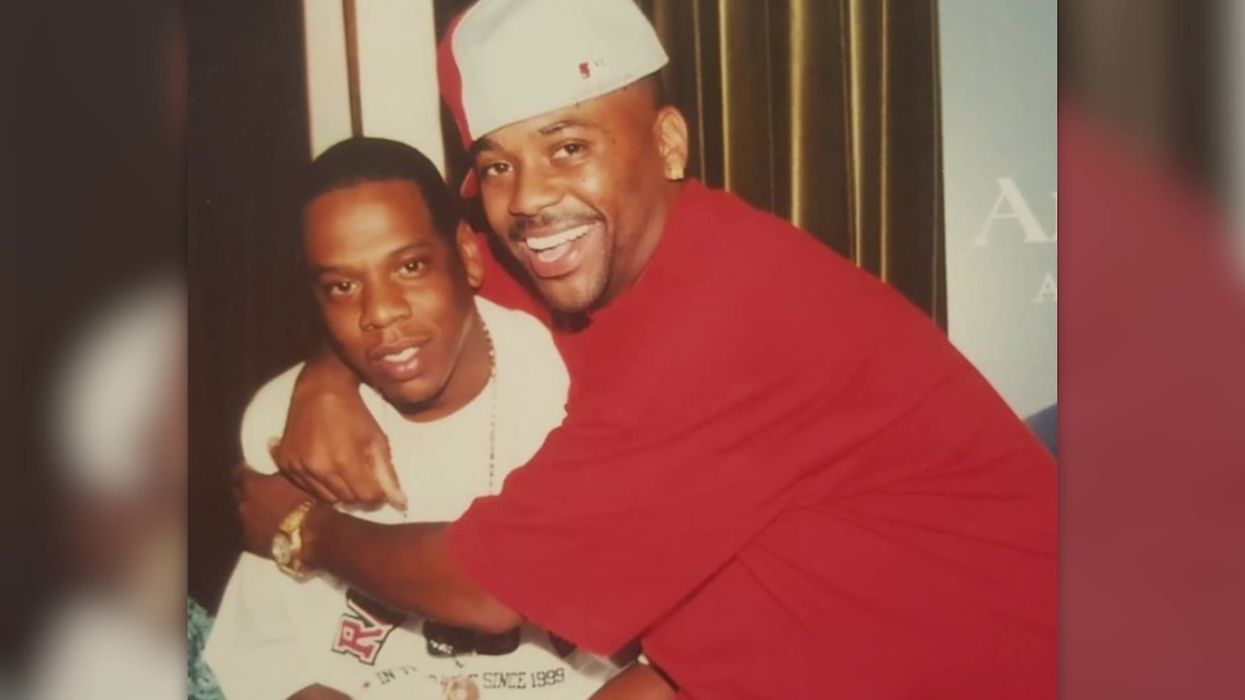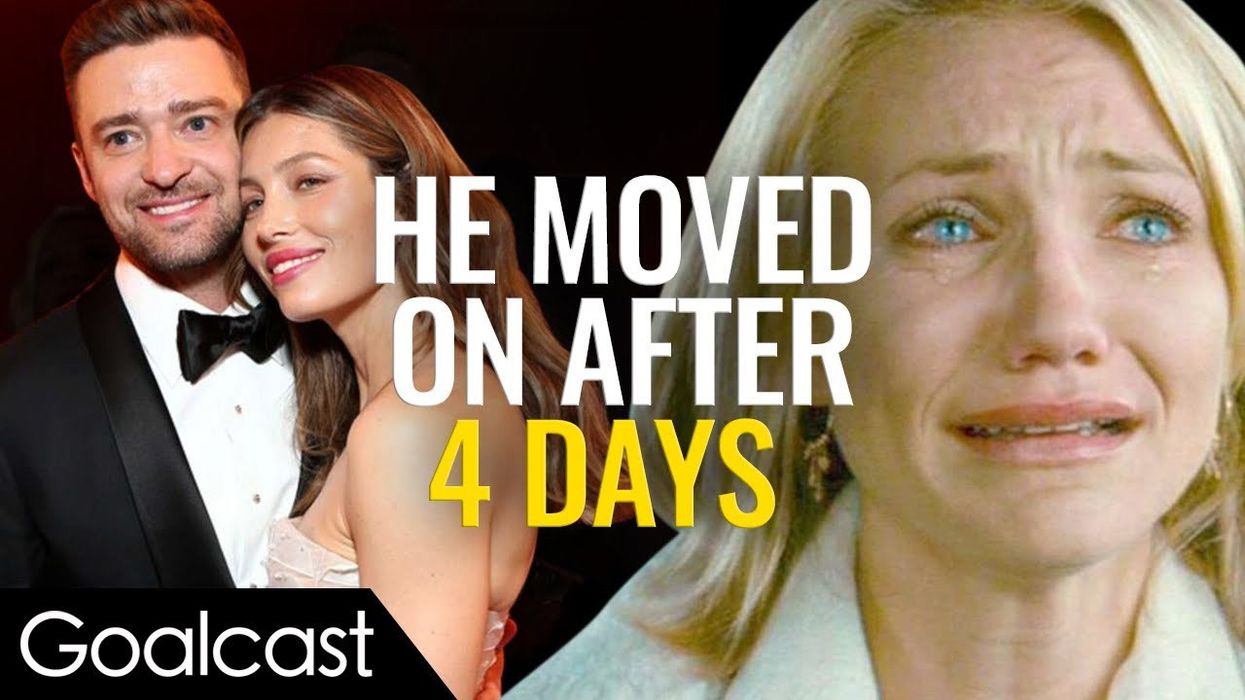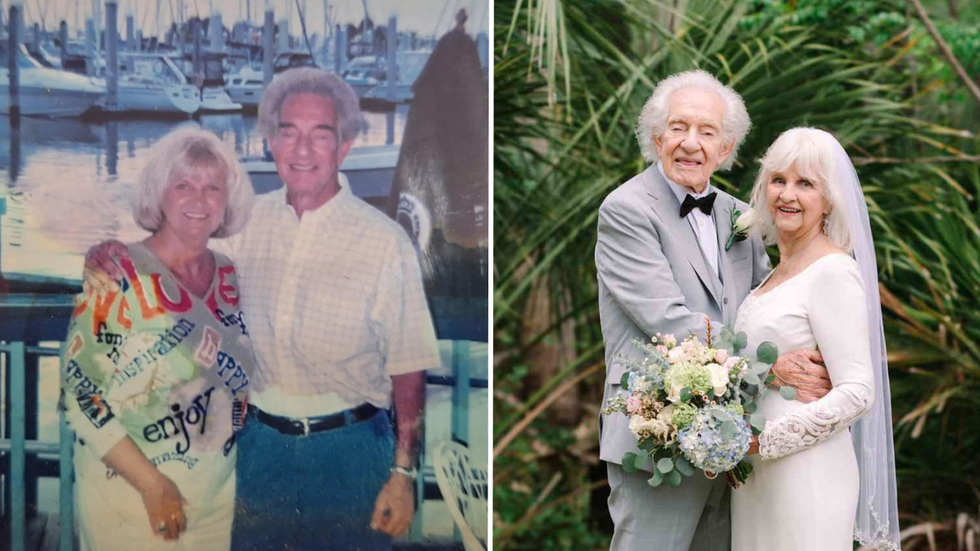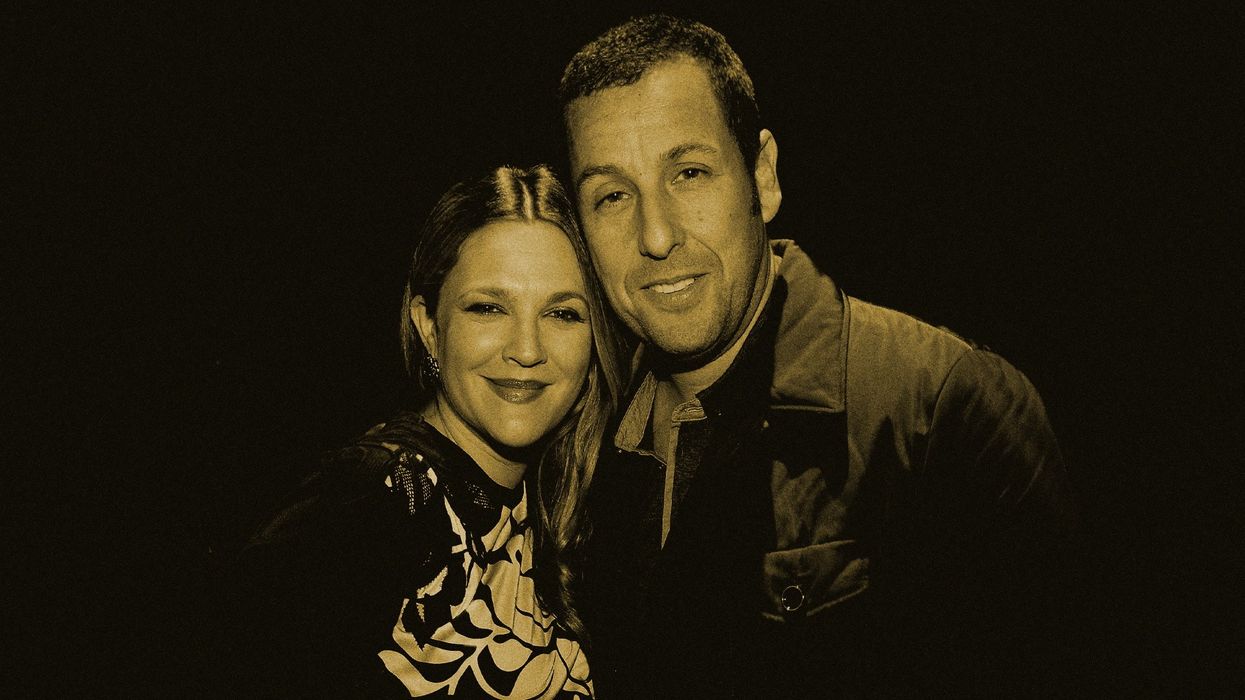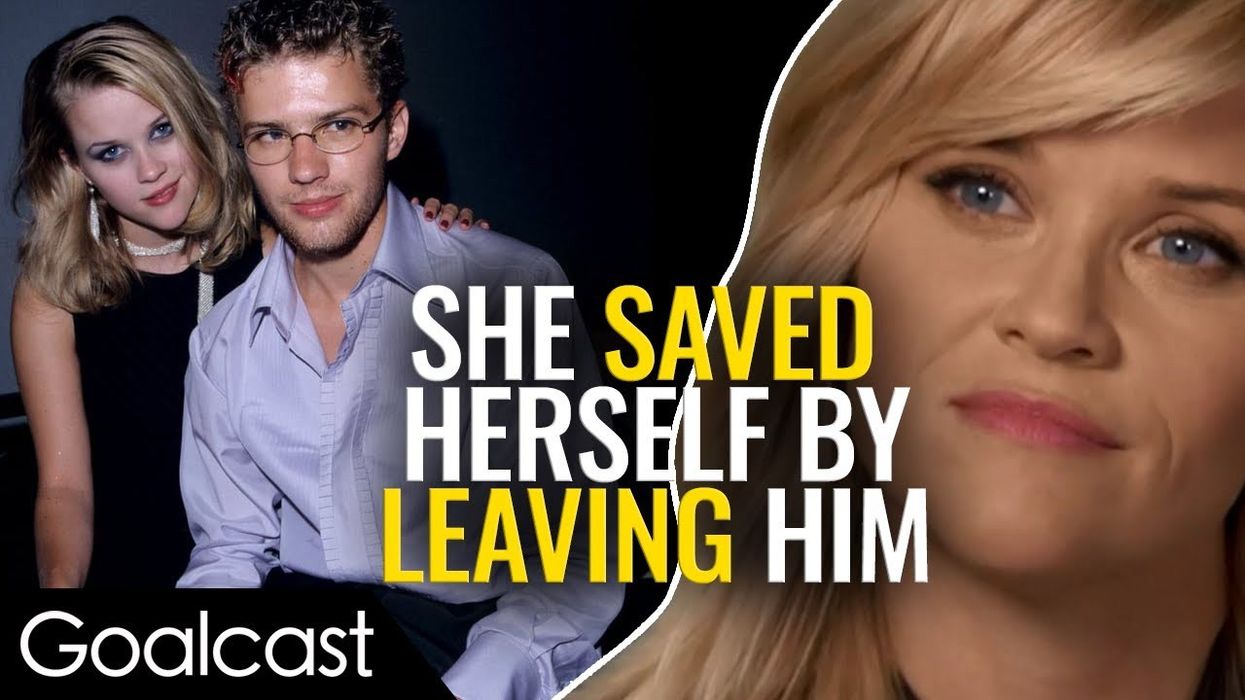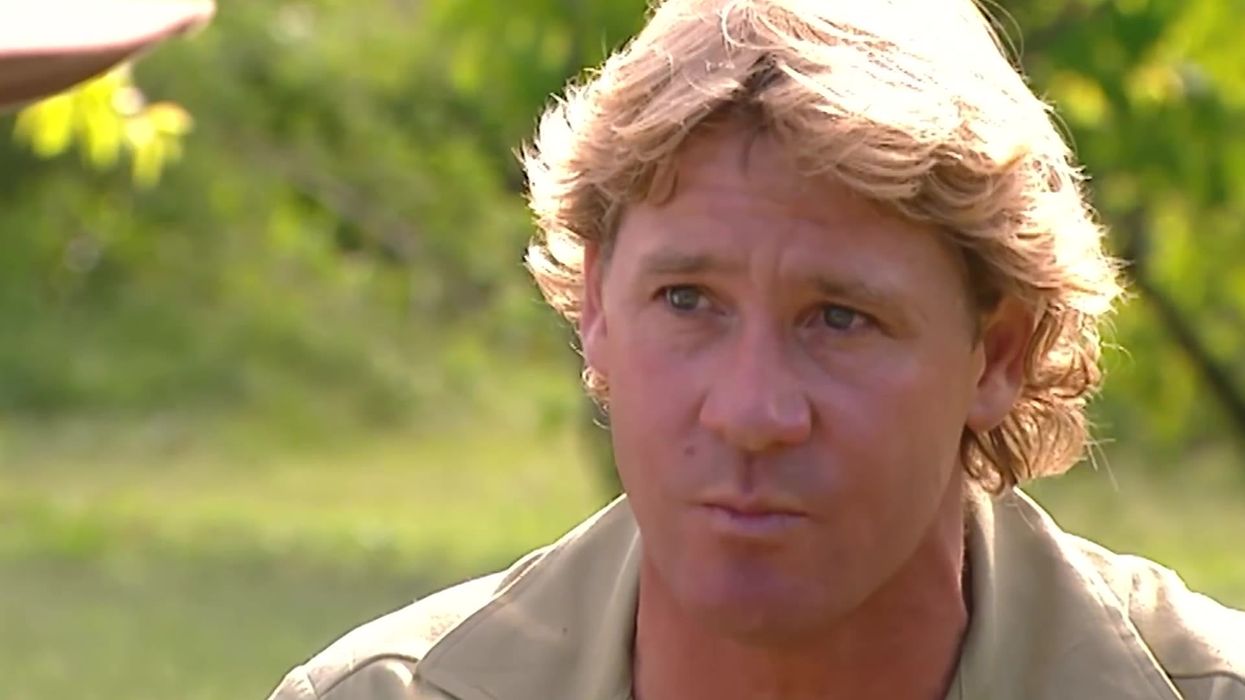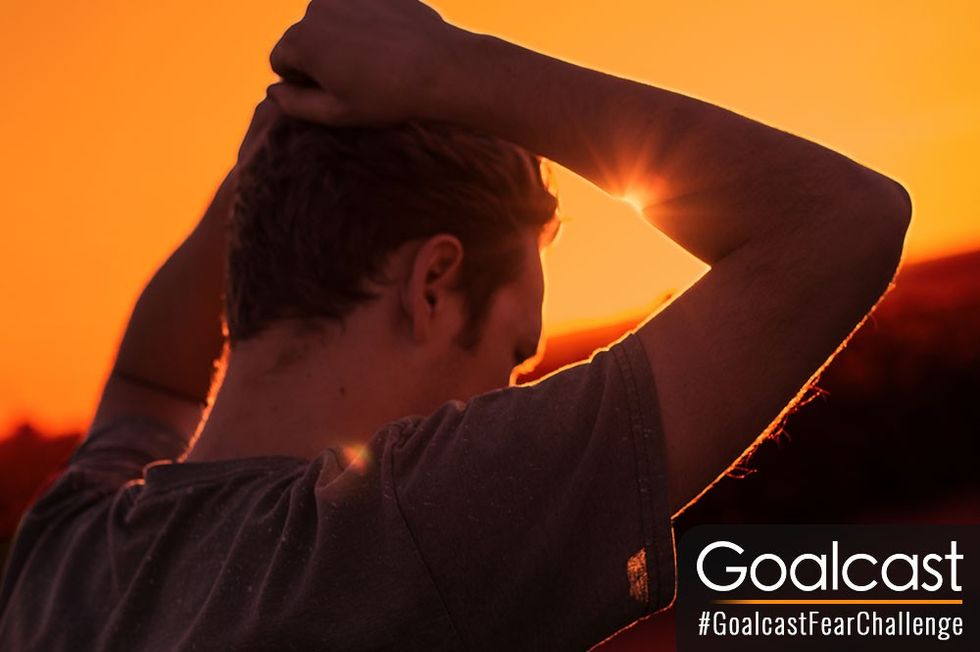
Into the Water: Stepping Past the Edge of Fear
Here at Goalcast we’re constantly striving toward self-improvement and personal fulfillment; while this can be a deeply gratifying practice, like anything else, it comes with its own set of challenges — including overcoming inherent fears we’ve been holding onto.
So with that in mind, we thought, why not — on the scariest week of the year — try the self-deemed impossible: face our biggest, smallest or most nagging fear and take the right steps to overcome it. Welcome to #GoalcastFearChallenge.
The water is high along the Clark Fork, spilling over into the floodplain. I’ve worn my highest rubber boots, but water trickles over their tops in a few places. When I put my foot down, I never know how far it’s going to keep going—maybe far enough to land me on my ass in a freezing, swollen stream.
I stop and sit on a convenient log to upend my boots. Gazing up at that amazing, miraculous sky, I’m captivated by the green of new cottonwood leaves against the blue. The sweet scent of the buds is fading and will be replaced by the smell of new earth smell and the warm perfume of spring shrubs in bloom.
Hiking in wide arcs through this river-bottom in spring is one of my favorite things to do. But this year, we’ve had so much snow, still piled up in cornices drooping ominously over the surrounding peaks—followed by months of steady spring rain. The rivers are high, spilling over and flushing out the debris of years past, eventually working their way back to the mother river.
The beavers are having a hard time keeping up with the constant influx. They’re cutting trees like crazy, leaving little piles of wood shavings around every turn in the trail. If you come here at night, you can see them hard at work.
Finally, I weave between a few wispy cedars, pass by a ruby-colored patch of dogwood, and reach the river. The Clark Fork is a sight to behold, running only a few feet below the top of the bank. My eye catches a swatch of white, the broadly-spread tail of a bald eagle, perched on an angled snag poking out of the river, midstream. The eagle sits quietly, and then begins to turn, hopping awkwardly on the sloping log, exposing every side of its big, brown body to the sun.
*
Today, a thick layer of fog has smothered the valley. Finally, in late afternoon, the fog lifts off, above the trees, then the dry brown hills, then the mountains beyond. Sun filters in, sending great shafts of low, winter light through the cottonwoods. The winter sun is deceptive—it’s still frigid.
Dressed in my purple long-johns and matching snow pants, ankle-length down parka, two hats, and my warmest double-layer mittens, I turn left at the "T" in the trail and climb over a downed cottonwood. The outlet stream is covered with a thin layer of ice littered with cast-off leaves and there is heavy frost on the overhanging red-twig dogwoods. Finally, I reach the mirror-still beaver ponds, inexplicably, still unfrozen. I stop and sit on a silvery log which was once an upright tree that provided shade on a warm August afternoon, but the beavers had other ideas.
Long before the river comes into view, I hear it—but I have never heard this sound before. I am the lucky witness to the first day of freeze-up. Hundreds of meter-diameter, spinning plates of ice in a dizzying variety of geometric shapes whirl in the current, peel off, and drift in to the edges of the river bank. I hear the chhhhhskkkkkk sound of ice being shaved as the spinning rafts skim the rim of the river, creating a single furrow of crystals, then passing to the next jutting bank, and the next.
At the end of this single short day, when the sun flees and the temperature drops, the rafts of ice will become stuck in their journey through this obstacle course, slowly freezing into oddly shaped polygons, cracks, and fissures. On some very quiet night, the cracks and fissures will be hidden by a thick layer of snow, and the river’s voice will be hushed to a murmur. A sound that maybe only a dog could hear. I will come back, maybe even tomorrow, but the river will be different, changed, quieter, less alive, never the same again.
*
Spring has returned, the sun has returned, and the sap has returned, flowing up the xylem vessels into the cottonwood branches and down to their tips. I pinch off one sticky, resinous bud, hold it to my nose. It’s intoxicating scent is my favorite in the known world.
I’m standing at the river’s edge, staring into the mysterious depths of what looks like a small tributary. To explore the tangled forest on the other side, I have to get across the water, and I don’t know how deep the channel is. I don’t know what the other shore is like—whether I’d struggle getting out of the water, or if I could easily step out onto a rocky shore.
In the forest, there are dozens of downed trees from decades of windstorms. What if I tripped and broke a leg? Who would hear me over the rush of the water? Who would look for me in this place with no trails, where the trees and brush are so thick you cannot get an idea of the island’s dimensions?
*
We place impossible demands on ourselves. I am terribly afraid of heights, so I climbed in the world’s highest mountains. I wasn’t ever sure that I wanted to be a nurse and yet I became one. Over the past twenty-five years, I’ve helped bring in new lives, save lives, and end lives. Sometimes we surprise ourselves. But, take a moment. Look at the evidence. Ask yourself if maybe you have stretched yourself as far as you can. Learn to love and accept yourself in the very moment you are living.
As Mary Oliver proposes, “what will you do with your one wild and precious life?” I believe in living the best life I can while gradually learning to give up all control of the outcome. Because unbearably sad things cross your path—a marriage disintegrates, a lover betrays you, a person you care about suffers, or even dies. But, so do miracles—love, and birth, and hope, and this annual season of renewal that we can count on, no matter what.
I’ve wanted to explore this area for nearly three years, but I’ve been afraid. I’ve been waiting for a partner to share the experience, someone I can trust to watch my back—but no partner has materialized, despite my bumbling attempts at putting myself out there with confidence, taking chances, and following the Law of Attraction, which I now suspect might be possibly just another form of victim-blaming. Sometimes, the thing we think we need the most is forever elusive, proving, in essence, that we can live without it.
Standing at the river’s edge, I realize that I don’t have all that much to fear. The water temperature has come up and it no longer feels like melting ice. I’m wearing Tevas, not rubber boots that could fill with water and pull me down. What’s the worst that could happen? I could lose my footing and fall in. Get wet. Well, I can swim.
Once I cross to the other side, I can choose the best spot to haul myself out. If it’s too muddy on the opposite bank, I can drift downstream, scramble out on the gravel bar, and pick my way back up to the island. I can explore the interior of the forest as far as I’m comfortable, and I can stay there as long as I like. Until the sun goes down, even.
I step into the water.












